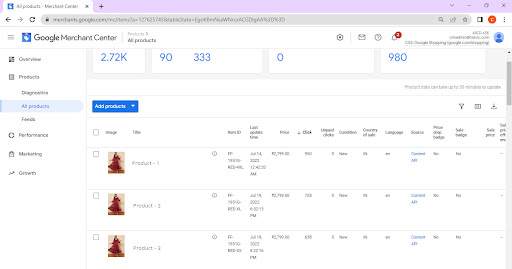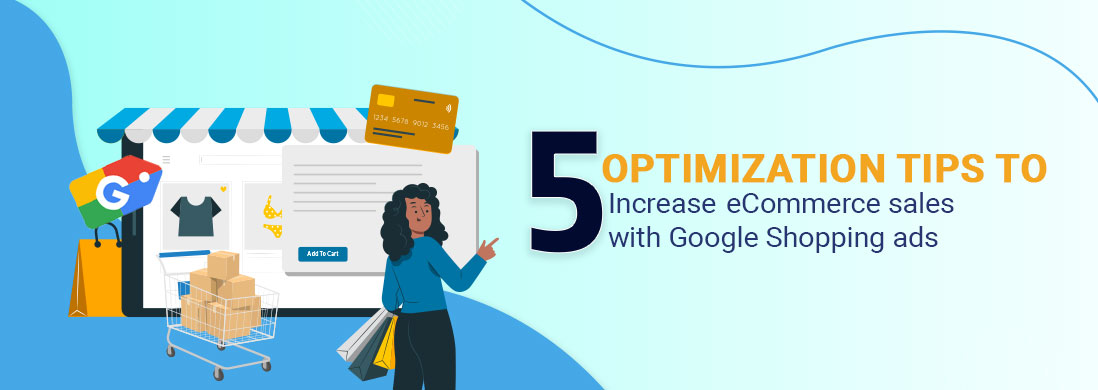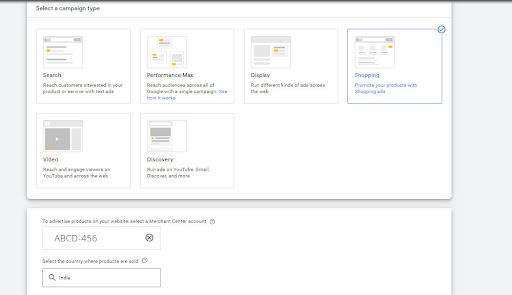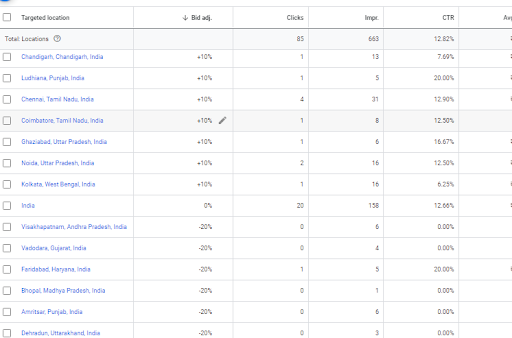Google Shopping ads, also known as Product Listing Ads (PLA), are a form of ad that appears at the top of search results in a retailer-specific box. Google rolled out this ad format back in 2010 and it has been steadily growing in popularity ever since. Today, these types of ads are essential for many leading brands as it plays an important part in their strategies for improving brand awareness and increasing sales!
When it comes to implementing eCommerce advertising tactics on Google, the success of all campaigns isn’t guaranteed. While the team at Tatvic has deep experience, there are always multiple dimensions at play. Each campaign begins on tested hypotheses, and it quickly learns optimization for effective ROIs
If you have an online eCommerce Google Shopping campaign but want to make it even more effective, we’re sharing proven strategies that will help improve your return on ad spend (ROAS). Of course, every business is different, but if one has the best chance of these strategies working for your shop, here are a few proven pointers.
As an e-commerce marketer, these 5 tips have provided great ROI for my clients, time and time again.
1. Enhance your product feed to help your Shopping ads stand out
When it comes to Google Shopping campaigns, eCommerce business owners don’t cut corners. These are the first products that customers see when searching for items, and if your results look anything less than professional, you could be missing out on clicks.
When most people think about optimizing their Google Shopping ads, they focus on their campaigns, bid strategy, and execution. While this is important, we’d argue that the more significant wins actually come from optimizing your merchant center feed.
- Use high-quality, product-first visuals.
Why: Close-up product shots with white backgrounds make it easy for customers to see product details, helping you drive more engagement. - Ensure your product data is accurate and up-to-date.
Why: Accurate data is key to ensuring your ads showcase the information your customers are looking for. Upload rich product descriptions and update product prices and availability if they change often. - Cater to consumers’ demand for convenience.
Why: Shoppers are increasingly looking for great deals, fast delivery times, and easy returns. Use annotations to stand out to them when they’re looking for convenient ways to purchase.

2. Use Dynamic Remarketing
Remarketing allows you to show ads to people who have previously visited your website or used your mobile app. Dynamic remarketing takes this a step further. It lets you show previous visitor’s ads that containing products and services they viewed on your site. These ads are targeted with specific items visitor was browsing before so it can help create leads and sales by bringing back previous visitors to complete what they started.
More reasons to use dynamic remarketing
- Ads that scale with your products or services: Pair your feed of products or services with dynamic ads, scaling your ads to cover your entire inventory.
- Simple, yet powerful feeds: Create a basic .csv, .tsv, .xls, or .xlsx feed. The Google Ads product recommendation engine will pull products and services from your feed, determining the best mix of products for each ad based on popularity and what the visitor viewed on your site.
- High-performance layouts: Google Ads predicts which dynamic ad layout is likely to perform best for the person, placement, and platform where the ad will show.
- Real-time bid optimization: With enhanced CPC and conversion optimizer, Google Ads calculates the optimal bid for each impression.
3. Use Ad Scheduling
Ad scheduling is something no busy marketer can afford to overlook. It may not always be effective right off the bat but learning about what works for your business and using data for guidance will give you a more targeted approach that in turn can boost your ROI in the long term. We’ve seen from experience that creating separate campaigns with different schedules tied to different targeting criteria can be beneficial because it allows you to target specific audiences at their most favorable times. It’s very useful if you’re promoting two different products or brands because each product or brand can get maximum exposure during its respective optimal timeframe. To get the most out of your campaigns, you can also apply bid modifiers to them. By knowing how well your ad performs at different hours of the day, you can pay more for traffic during high converting days/times — or decrease bids on days/times when conversions falter.

4. Use Location Targeting
Select the geography view to see how your campaign performs by countries, regions, metro areas, cities, or any other location available. Once you have determined what regions are performers, you can apply geo-targeting bid modifiers to adjust for higher bids from top-performing areas, and lower bids from poor performers. You can exclude the locations which are not bringing any sales. This way you give more budget to the top-performing city and can improve your sales.
Target bid adjustments are a great way to help ensure that you’re running the most profitable campaigns. You can use this feature to change bids based on the search results location, including country, state, city, postcode, and other factors important to your business like traffic and days of the week.
- Specify where you want your ads to be shown
- Allow the campaign to run for at least a few weeks
- Access the locations report to assess how each bid is performing
- Adjust bids based on results
5. Use Device Targeting
The Google AdWords performance can be broken by Desktop, Mobile, and Tablet. Google breaks down your performance into three categories of devices. Each device has different results. It is important to understand this breakdown because that means that you may get different types of results based on the type of device where your ads are viewed.
Adjusting bids on the basis of device type is a powerful way to design Google AdWords campaigns that perform more efficiently. While you may be ignoring more economical options, like Cost Per Click, by using this method you’re targeting your ads at specific types of devices rather than wasting money with AdWords ads on devices where they won’t draw as much visitor attention as they should. Make sure your team/contractor is knowledgeable about which group(s) of devices a customer’s most likely to use depending on the type of website (gaming or news site for example).
Summing It Up
Hopefully, these 5 tips have helped you learn what it takes to be successful.
To recap, 5 tips are:
- Enhance your product feed to help your Shopping ads stand out
- Dynamic Remarketing
- Ad Scheduling
- Location Targeting
- Device Targeting
If you have any other ideas on how to increase sales from Google ads, share them with us in the comments below. Consider sharing this post if you found it valuable with your peers!
If you would like to get in touch with us regarding our marketing consulting services, or if you might be of assistance to anyone looking for digital marketing or social media management you can contact us from here.





